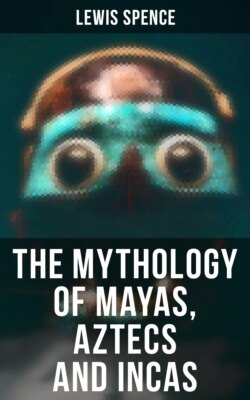Читать книгу The Mythology of Mayas, Aztecs and Incas - Lewis Spence - Страница 35
На сайте Литреса книга снята с продажи.
The Interpretative Codices
ОглавлениеLuckily for future students of Mexican history, the blind zeal which destroyed the majority of the Mexican manuscripts was frustrated by the enlightenment of certain European scholars, who regarded the wholesale destruction of the native records as little short of a calamity, and who took steps to seek out the few remaining native artists, from whom they procured copies of the more important paintings, the details of which were, of course, quite familiar to them. To those were added interpretations taken down from the lips of the native scribes themselves, so that no doubt might remain regarding the contents of the manuscripts. These are known as the “Interpretative Codices,” and are of considerable assistance to the student of Mexican history and customs. Three only are in existence. The Oxford Codex, treasured in the Bodleian Library, is of a historical nature, and contains a full list of the lesser cities which were subservient to Mexico in its palmy days. The Paris or Tellerio-Remensis Codex, so called from having once been the property of Le Tellier, Archbishop of Rheims, embodies many facts concerning the early settlement of the various Nahua city-states. The Vatican MSS. deal chiefly with mythology and the intricacies of the Mexican calendar system. Such Mexican paintings as were unassisted by an interpretation are naturally of less value to present-day students of the lore of the Nahua. They are principally concerned with calendric matter, ritualistic data, and astrological computations or horoscopes.
